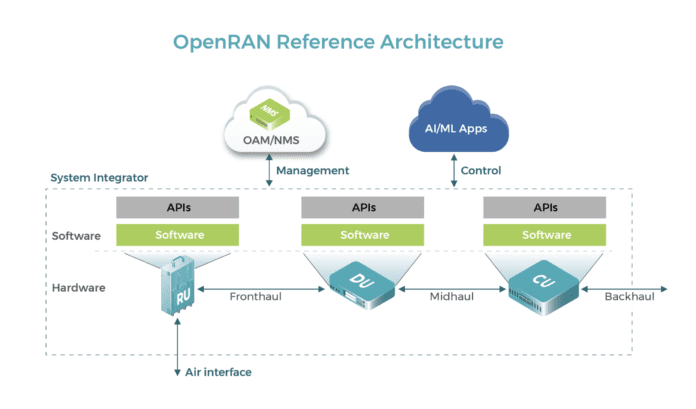Open RAN vendors organizing to have radios ready to replace rural Huawei kit
The open RAN hits keep on coming with key players Altiostar and Mavenir this morning they will work together with equipment OEMs to develop radio units compatible with the frequency bands used by Tier 1 U.S. operators as well as smaller carriers with rural and regional operations.
Not to digress into semantics, but the intent is to develop OpenRAN equipment meaning RUs that follow the reference architecture developed by the Telecom Infra Project. TIP describes OpenRAN as “vendor-neutral disaggregation of RAN at both the hardware and software levels on general purpose processor-based platforms,” supporting 2G, 3G, 4G and 5G.
There are a number of small U.S. operators that use network equipment produced by Huawei, which has been the focus of U.S. government-led sanctions as well as domestically-focused initiatives like the Secure and Trusted Communications Act. That legislation, passed in March, is meant to not just block Huawei from working in the U.S. but also subsidize the removal of equipment that’s deployed today.
According to a statement from Altiostar and Mavenir, the plan is “to have these radio available to support” the rip-and-replace prescribed by the Secure and Trusted Communications Act.
In additional to the technology angle, which plays out within TIP and the O-RAN Alliance, there’s also a lobbying angle. Open RAN vendors and operators recently launched the Open RAN Policy Coalition with the goal, among others, of getting R&D funding to advance open RAN activities by U.S. companies and even market-type interventions to more effectively compete with Huawei in other markets.
For more on the policy bit, read the following:
- US Cellular joins Open RAN Policy Coalition
- Open RAN Policy Coalition launches to ‘spur competition’ in 5G
- Nokia details Open RAN Policy Coalition membership motivation
- Ericsson on open RAN policy push: Lawmakers should focus on spectrum, accelerating 5G
From a press release, Altiostar CEO Ashraf Dahod said the goal of the partnership is to “ensure operators in the U.S. have a truly open and end-to-end infrastructure that will be cost effective and allow them to grow their business.”
In a comment sent to media and analysts following the Altiostar/Mavenir announcement, Parallel Wireless CEO Steve Papa pointed out that the rural operators targeted as potential open RAN buyers need to ensure the durability of near-term investments. And, that, he said equates to investments not just in radios but also into “semiconductor innovation.”
From Papa’s email: ” The biggest challenge for operators is “future proofing” their investments. They need to know that if they deploy ORAN, that beyond just solving the rural problem, they can also ultimately solve the high-end 5G massive MIMO problem. In order for operators to make big ORAN investments they need confidence that Open RAN can solve their entire problem and it is critical ORAN has an answer for 5G massive MIMO. To become competitive with Huawei’s 5G, the place the industry needs to put the money is in the semiconductor innovation that enables Massive MIMO radios that are cost effective and more energy efficient than Huawei. If Ericsson and Nokia are struggling to be competitive with Huawei’s radios we should not expect ORAN to magically solve this problem by using the same semiconductors available to Ericsson and Nokia at present.”
For more open RAN content, click here.


